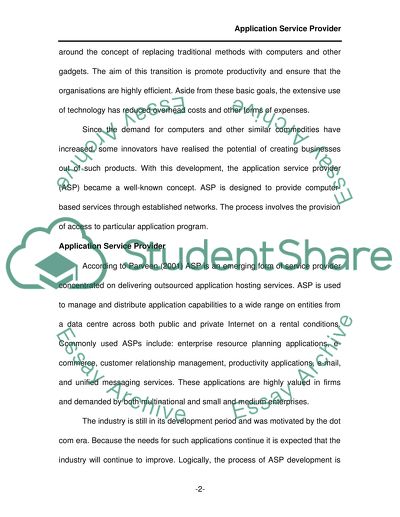Cite this document
(“E- business Essay Example | Topics and Well Written Essays - 3000 words”, n.d.)
E- business Essay Example | Topics and Well Written Essays - 3000 words. Retrieved from https://studentshare.org/technology/1517731-e-business
E- business Essay Example | Topics and Well Written Essays - 3000 words. Retrieved from https://studentshare.org/technology/1517731-e-business
(E- Business Essay Example | Topics and Well Written Essays - 3000 Words)
E- Business Essay Example | Topics and Well Written Essays - 3000 Words. https://studentshare.org/technology/1517731-e-business.
E- Business Essay Example | Topics and Well Written Essays - 3000 Words. https://studentshare.org/technology/1517731-e-business.
“E- Business Essay Example | Topics and Well Written Essays - 3000 Words”, n.d. https://studentshare.org/technology/1517731-e-business.


